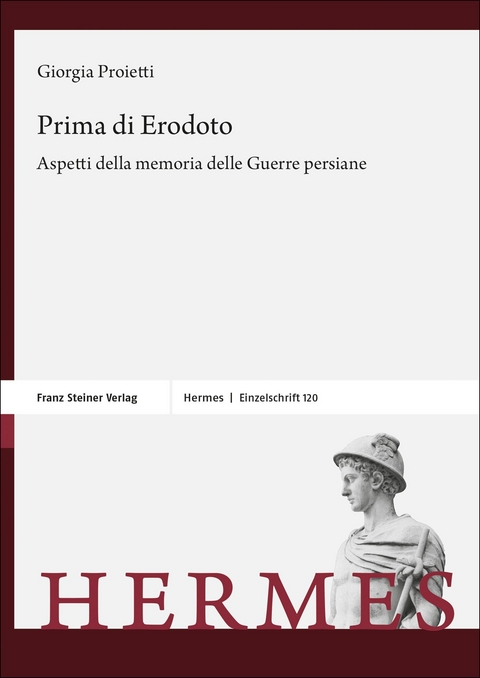Norozi, Nahid (ed.). 2021. Come la freccia di Ārash: il lungo viaggio della narrazione in Iran : forme e motivi dalle origini all’epoca contemporanea (atti del V CoBIran, 22-23 ottobre 2020) (Indo-iranica et orientalia). Milano: Mimesis Edizioni.
The narrative in the multi-millennial Iranian culture has taken many forms in prose and verse and, just as the famous arrow of the Iranian hero-archer Ārash – which according to the myth covered an unusual space flying from the Alborz mountains south of the Caspian Sea to Marv in Central Asia – comes to us miraculously traveling beyond all boundaries in space and time, because the word is “faster in traveling than the arrow of Ārash”. The present volume contains the articles, presented at the “V Convegno Bolognese diIranistica (V CoBIran)” dedicated to “Forms and motives of narration in Iran, from the origins to the contemporary era”.
Table of Contents
1. Aliasghar Mohammadkhani: “Excursus sulla narratologia in Iran”
2. Antonio Clemente Domenico Panaino: “Ǝrəxša’s Death or Self-sacrifice: The Ancient Iranian Saga of the Archer”
3. Ezio Albrile: “Guerre tra Angeli e Demoni. Le origini dello gnosticismo tra Babilonia e Iran”
4. Paolo Ognibene: “L’iscrizione di Dario a Bīsutūn: al di l. dell’interpretazione storico-filologica”
5. Andrea Piras: “La luna di Mani e la luna di al-Moqannaʿ: miracoli carismatici e loro usi politici”
6. Gianfilippo Terribili: “Fabbricazione storiografica e definizione identitaria. La genesi della malvagia religione secondo i teologi zoroastriani (DkIII 227, 229, 288)”
7. Matteo Compareti: “Tipologie eroiche nell’arte narrativa sogdiana e nell’epica persiana: il caso di Rustam e di Isfandyār”
8. Simone Cristoforetti: “La storia del villaggio distrutto e poi riedificato nello Shāhnāma: un brano di polemistica antimazdakita?”
9. Francesco Omar Zamboni: ‘”Avicenna e l’allegoria filosofica – “Ḥayy ibn Yaqẓān”’
10. Nahid Norozi: “Il “Vis e Rāmin” di Gorgāni e il “Bahman-nāme” di Irānshāh: aspetti intertestuali anche in relazione con il “Khosrow e Shirin” di Neẓāmi”
11. Carlo Saccone: “Forme della narrazione dell’Altro nelle lettere persiane, da Ferdowsi a Sa‘di e Nasimi”
12. Hasan Zolfagari: “Analisi narratologica del racconto “La Fata Verde e la Fata Gialla”
13. Fabio Tiddia: “Il motivo “qalandar” nella letteratura mistica persiana”
14. Maurizio Silvio Pistoso: “Guerre del Golfo in salsa safavide. I poemetti persiani dell’enigmatico “Qadri”
15. Stefano Pellò: “Atmosfere indo-persiane: cumulonembi, bolle e avatāra monsonici in Mīrzā ‘Abd al-Qādir Bīdil (1644-1720) e nella sua scuola”
16. Bianca Maria Filippini: “La “spaventosa Tehr.n”: alcune riflessioni sulla rappresentazione della citt. come metafora delle derive della modernit. in Iran”
17. Adone Brandalise: “Sguardo e narrazione nel cinema iraniano”
18. Faezeh Mardani: “Recente letteratura persiana sulla “guerra imposta” con particolare riferimento a tre romanzi tradotti in italiano”
19. Anna Vanzan: “La fortuna di un testo. In margine alle traduzioni de Il Pesciolino Nero di Samad Behrangi”







